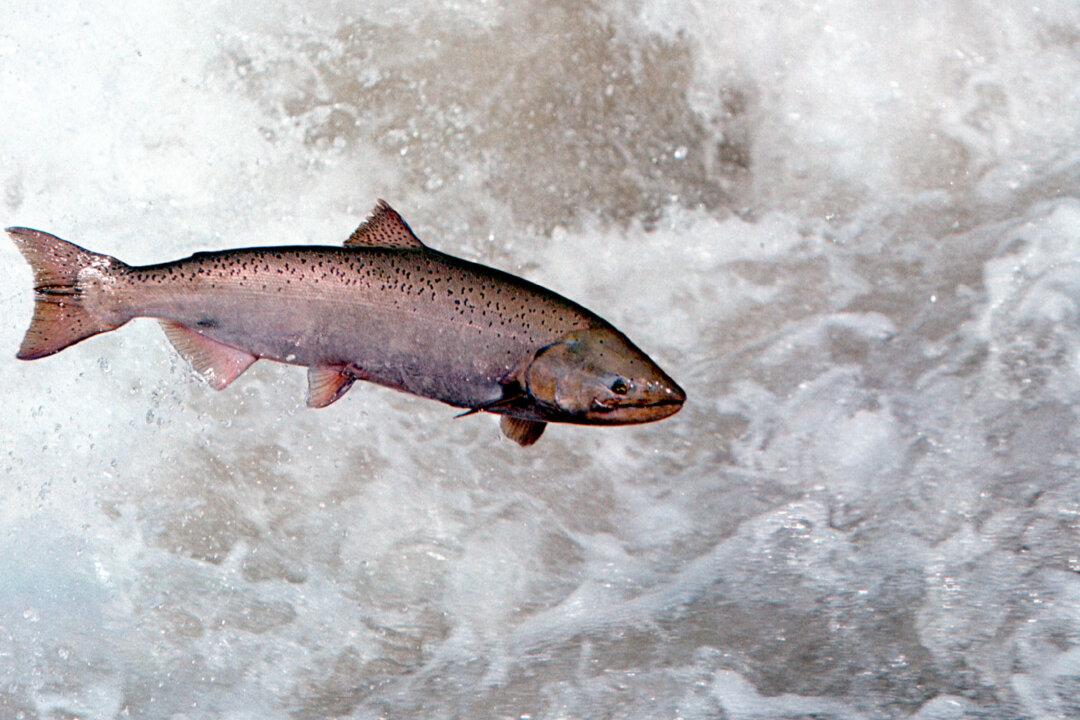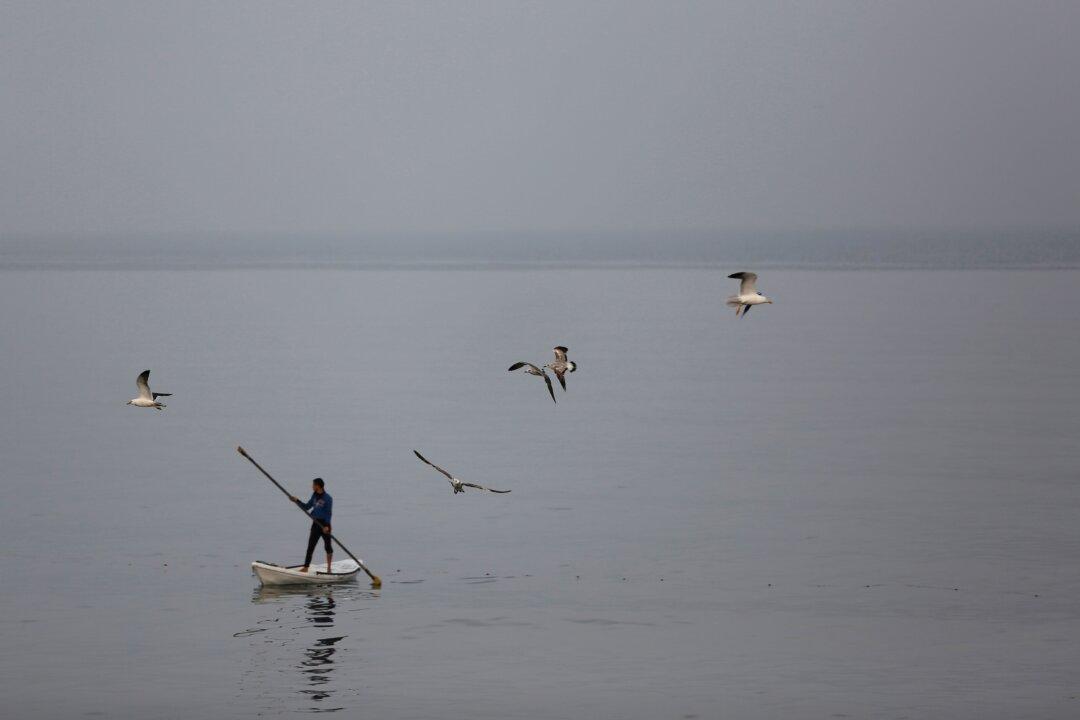Recent rulings in U.S federal court could have a significant impact on the population and lifespan of salmon in Northwest rivers. The health and numbers of salmon in the region—which includes Canada, Washington state, Oregon, California, and Idaho—have long presented challenges.
In late June, a federal appeals court ruled that treaties guarantee the rights of Native American tribes to fish for salmon. The court also ruled that the tribes have a right for there to be salmon to catch.
The interests of Native American tribes, who were promised the right to access salmon in treaties signed 150 years ago, have sometimes clashed with interests in the industrial, energy, development, and agricultural sectors. Changes in the natural environment, due to pollution and global warming, have also contributed to the decline in salmon runs over time, according to numerous extensive studies by biologists.
The June ruling upholds a 2013 order that Washington state must replace hundreds of culverts with more salmon-friendly setups, such as bridges. The culverts—underground diversions for streams to flow under roads—are made of large pipes that can block migrating fish.
In May, a federal judge in Oregon ruled that efforts by the federal government to restore salmon habitats in the Northwest have been insufficient. Under that ruling, four large dams on the lower Snake River in Eastern Washington could be removed. The Snake River is a major tributary to the Columbia River, the fourth largest in the country.





